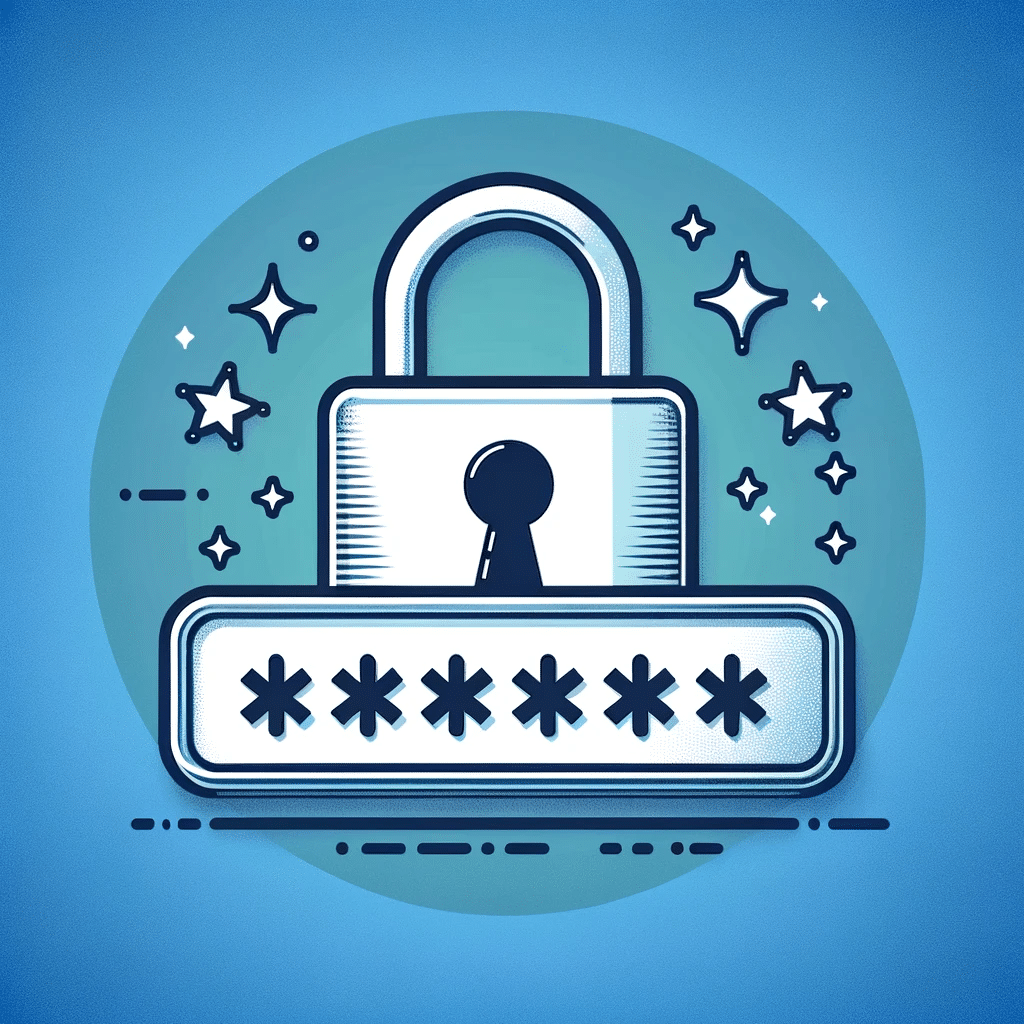In an age of widespread cyber threats, the importance of selecting a secure password cannot be underestimated. With hackers constantly evolving their techniques, it’s crucial to implement robust password practices to safeguard your online presence. In this blog post, we will explore effective strategies and best practices for choosing a secure password that provides optimal protection for your digital assets.
- Length and Complexity Matter: Opt for longer passwords as they offer greater resilience against brute-force attacks. Aim for a minimum of 12 characters, including a mix of uppercase and lowercase letters, numbers, and special characters. Avoid obvious choices like “123456” or “password” and refrain from using easily guessable information like your name, birthdate, or favorite sports team.
- Unique Passwords for Every Account: Using the same password across multiple accounts puts you at risk if one account gets compromised. Create a unique password for each online service you use to prevent unauthorized access to your other accounts. Consider using a reliable password manager to securely store and manage your passwords.
- Passphrases: Memorable and Secure: Consider using passphrases instead of passwords. Passphrases are longer combinations of words or phrases that are easier to remember while still providing strong security. For example, “correct-horse-battery-staple” is easier to remember than a complex string of characters and provides excellent security.
- Two-Factor Authentication (2FA): Implement two-factor authentication whenever possible. This adds an extra layer of security by requiring a second form of verification, such as a unique code sent to your mobile device, in addition to your password. 2FA significantly enhances your account’s security and makes it more challenging for attackers to gain unauthorized access.
- Regular Password Updates: Regularly update your passwords to mitigate the risk of potential breaches. Set a reminder to change your passwords every few months or whenever there’s a known security incident. Avoid reusing previous passwords, as hackers often exploit old credentials.
- Avoid Common Dictionary Words: Avoid using common dictionary words as they are vulnerable to dictionary-based attacks. Hackers use automated tools that systematically test commonly used words as passwords. Instead, consider using a combination of unrelated words or replace some letters with special characters or numbers.
- Stay Wary of Phishing Attempts: Exercise caution when entering your password on unfamiliar websites or in response to suspicious emails. Phishing attacks aim to deceive users into providing their login credentials unknowingly. Always verify the authenticity of a website or email before entering your password.
Conclusion: Protecting your digital presence starts with selecting a secure password. By following these best practices—such as creating long and complex passwords, using unique credentials for each account, implementing two-factor authentication, and regularly updating passwords—you significantly enhance your online security. Remember, the effort invested in creating strong passwords is an investment in safeguarding your valuable digital assets. Stay vigilant, stay secure!







